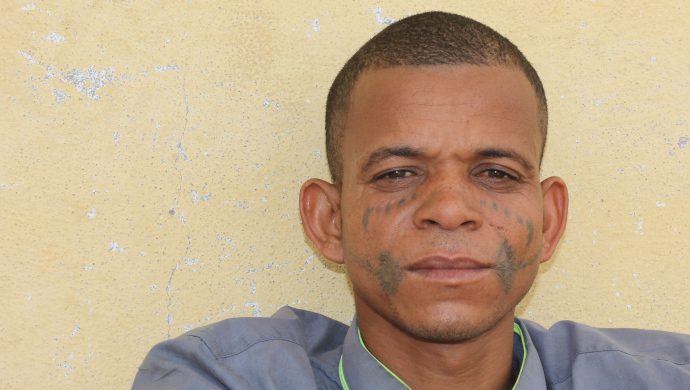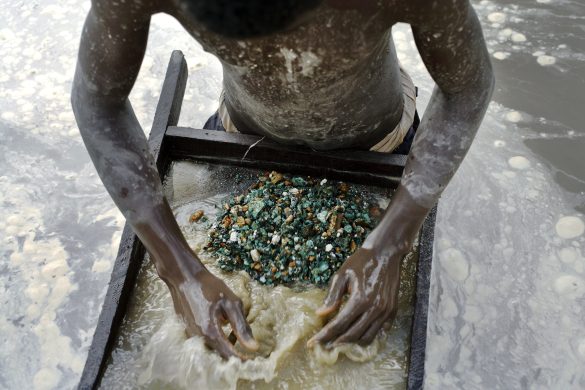På ti år er antallet af spædbørn, der dør af stivkrampe nedbragt fra 200.000 til 58.000. Det skyldes en målrettet kampagne, der indtil videre har udryddet sygdommen i 31 af 59 lande, der var plaget af den i 1999.
NEW YORK, 15 May 2013 (UNICEF): Tetanus (stivkrampe), one of the most deadly diseases a mother and her newborn can face, has been eliminated in over half of 59 priority countries, the Maternal and Neonatal Tetanus (MNT) Elimination Initiative partners announced today.
Tetanus kills one newborn baby every nine minutes and almost all of these babies are born in poor families living in the most disadvantaged areas and communities.
The disease, easily preventable with a vaccine administered to the mother, is transmitted when children are born in unhygienic conditions, and non-sterile materials are used to cut the umbilical cord (navlestrengen), or are applied to the umbilical bump. At that point, the mother’s life is also in danger. With at least three protective doses that cost about US$2, the mother and her future newborns are protected for five years.
Since 1999, more than 118 million women of child-bearing age have been vaccinated against tetanus in 52 countries. Many of these women received their tetanus vaccine as part of an integrated campaign which included other life- saving interventions for children – such as immunization against measles, Vitamin A supplements, deworming tablets and information on umbilical cord (navlestrengen) care.
Significant drop
The Maternal and Neonatal Tetanus Elimination Initiative is a model of how partners can work together to achieve results. In 2000, one year after the initiative began, it was estimated that over 200,000 deaths of newborns occurred annually from tetanus. By 2010, this number had dropped to an estimated 58,000 annually.
Despite the progress, more than 28 priority countries have still not reached the elimination goal. This is a formidable challenge in the quest to reach the global target of elimination of MNT in all priority countries by 2015.
The main challenges to MNT elimination are a lack of access to communities because of insecurity, cultural barriers, competing priorities, sustaining elimination after validation and inadequate (utilstrækkelig) funding.
The MNT Elimination Initiative is an international private-public partnership that includes National Governments, UNICEF, WHO, UNFPA, GAVI, USAID/Immunization Basics, CDC, UNICEF National Committees, the Government of Japan, Save the Children, PATH, RMHC, The Bill & Melinda Gates Foundation, Kiwanis International, Pampers – a division of Procter & Gamble, and BD.
The countries that have eliminated MNT (31)
- Bangladesh
- Benin
- Burkina Faso
- Burundi
- Cameroon
- China
- Comoros
- Congo (Republic of)
- Cote d’ Ivoire
- Egypt
- Eritrea
- Ghana
- Guinea Bissau
- Iraq
- Liberia
- Malawi
- Mozambique
- Burma/Myanmar
- Namibia
- Nepal
- Rwanda
- Senegal
- South Africa
- Tanzania
- Timor Leste
- Turkey
- Togo
- Uganda
- Vietnam
- Zimbabwe
- Zambia
The countries that are still working toward elimination include (28)
- Afghanistan
- Angola
- Cambodia
- Central African Republic
- Chad
- Congo DR
- Equatorial Guinea
- Ethiopia
- Gabon
- Guinea
- Haiti
- India
- Indonesia
- Kenya
- Lao People’s Democratic Republic
- Madagascar
- Mali
- Mauritania
- Niger
- Nigeria
- Pakistan
- Papua New Guinea
- Philippines
- Sierra Leone
- Somalia
- Sudan
- South Sudan
- Yemen.
Læs mere om stivkrampe/tetanus: https://en.wikipedia.org/wiki/Tetanus















